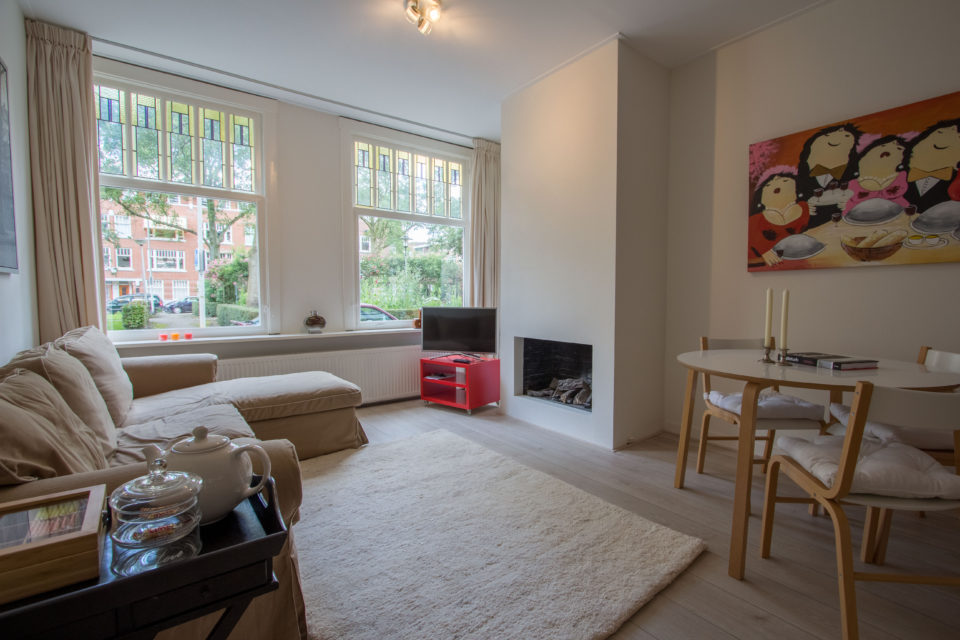Bergpolder
Bergpolder is nominated for the designation of a protected city and has at least two architectural monuments. These are the Bergpolderflat by architect Van Tijen and Van Maanenbad, where many people from Rotterdam learn to swim.
The residents appreciate the central location and the residential environment of Bergpolder. The city center and Rotterdam Central station are within walking distance. Bergpolder is also marked by the national monument Hofplein, the former elevated railway in the direction of Scheveningen. Several creative entrepreneurs can be found in the Hofbogen.
History:
Together with the Blijdorp district, Bergpolder is a city district based on the 1931 expansion plan of Rotterdam by W.G. Witteveen in collaboration with architect W. Kromhout. Subsequently, the neighborhoods were mainly built in the thirties and forties with blocks of semi-high-floor flats, meant for workers and middle class. This development has largely been retained.
Residents of the Bergpolder:
Bergpolder has about 7,500 inhabitants. The large size of the group of single-person households, students and starters is typical of Bergpolder. More than half of the residents are single. The district has a relatively large population between 20-39 years. Bergpolder has an active residents ‘association that cooperates intensively with the residents’ association of ‘neighboring district’ Liskwartier.
What is there to do?
The district Bergpolder houses the Van Maanenbad, where many people from Rotterdam have learned to swim and is open for many more learners. On the Eudokia square you will find the Eudokia shopping arcade, in which three supermarkets are located. The district has its own theater group: Theatergroep Bergpolder. An artificial grass soccer field is located at the Tak van Poortvlietstraat.
Homes in Bergpolder
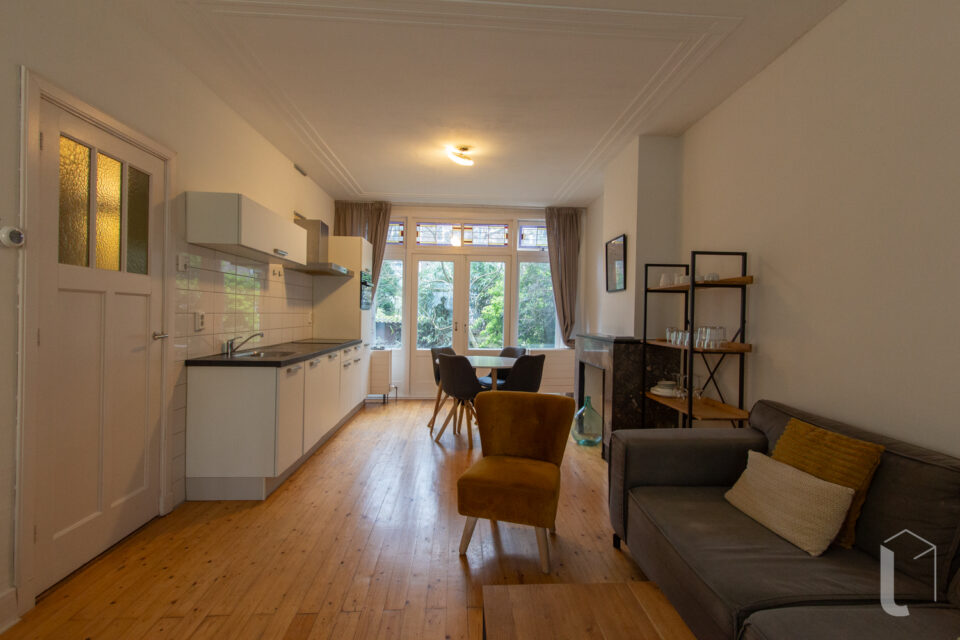
Doctor de Visserstraat
€1200
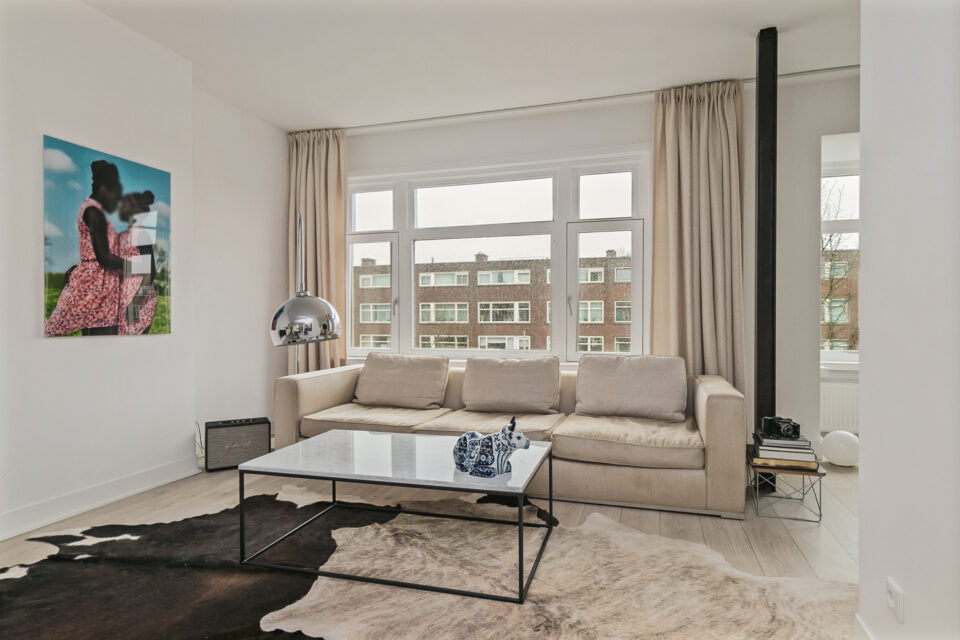
Schieweg
€1550
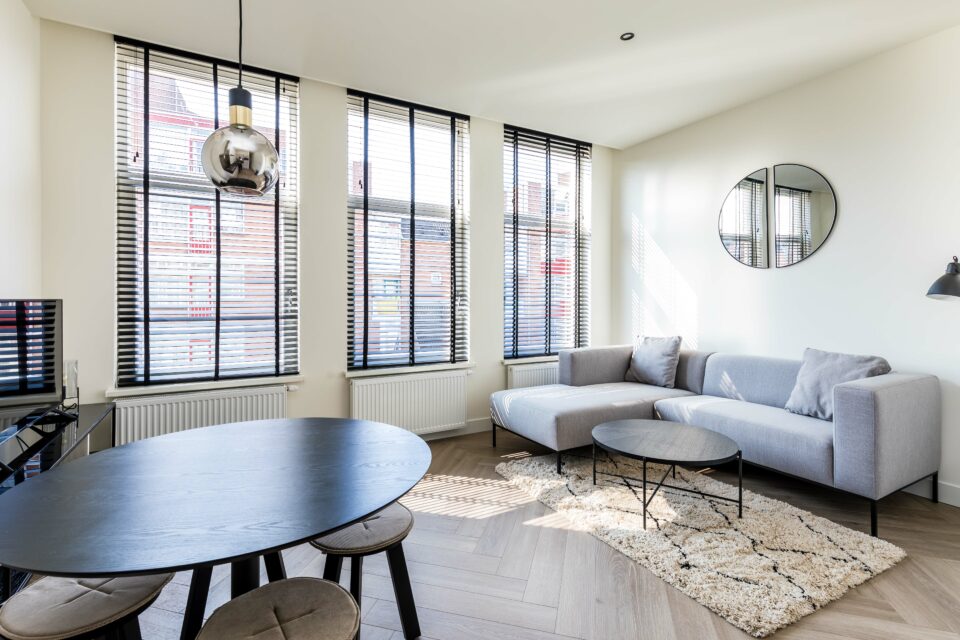
Banierstraat
€1650
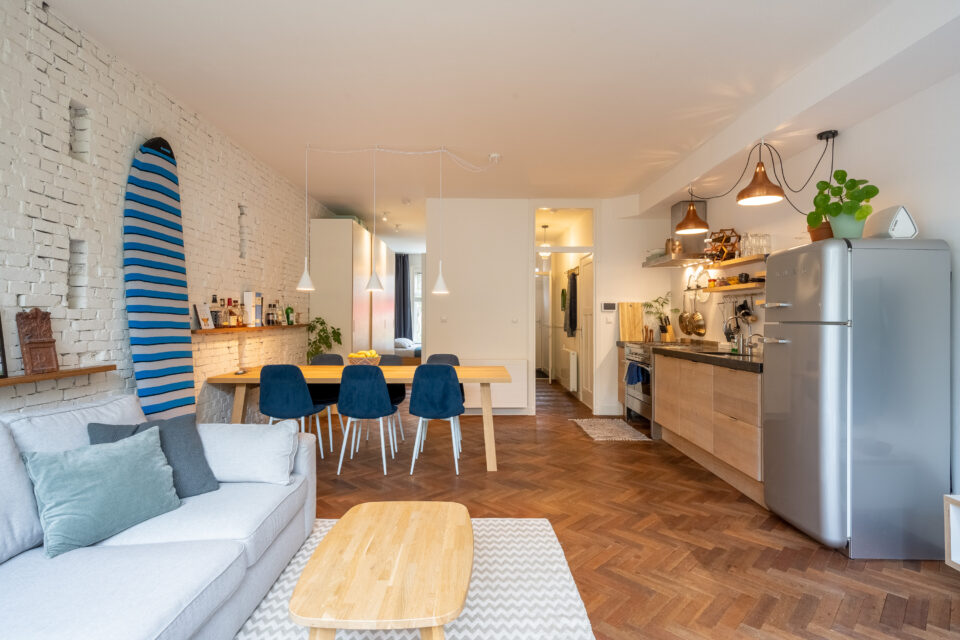
Insulindestraat
€1400
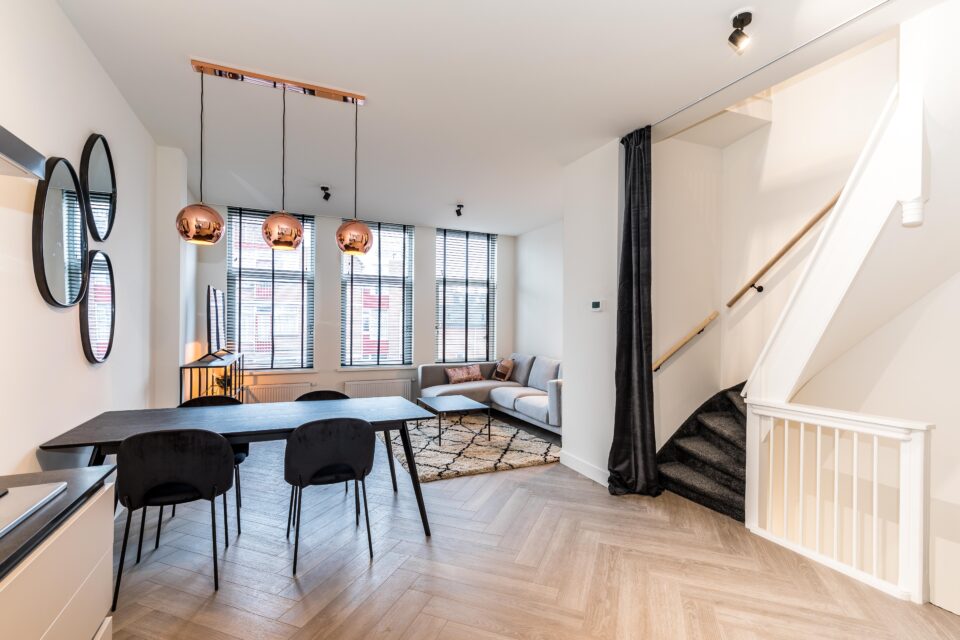
Banierstraat
€2300
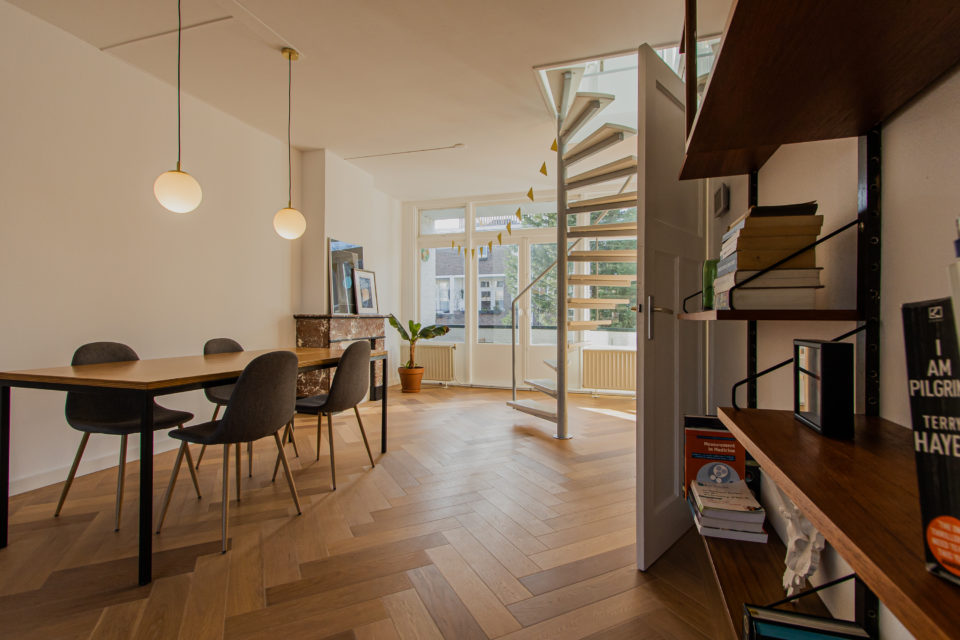
De Savornin Lohmanlaan
€1500
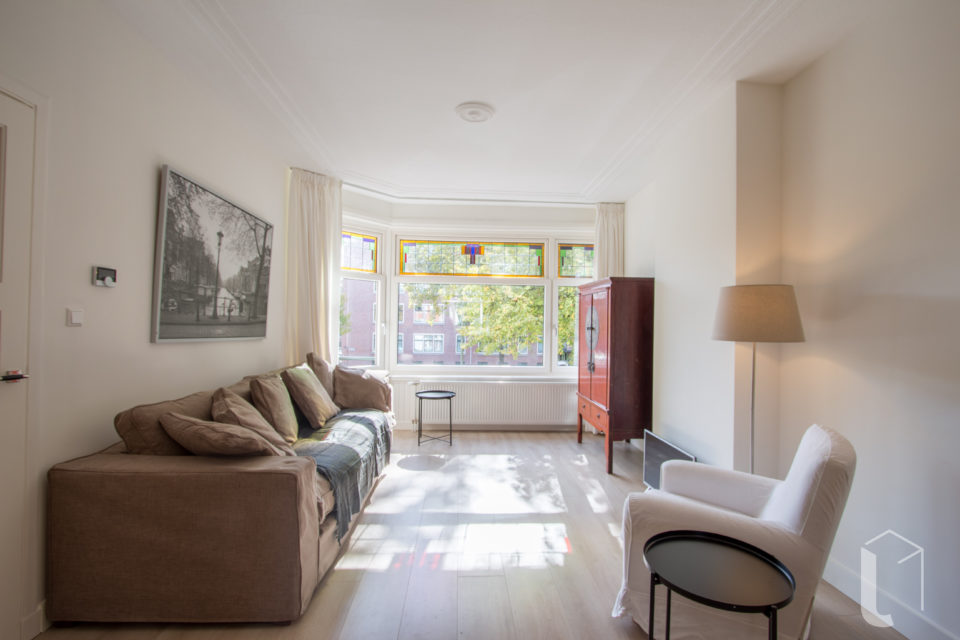
Bergselaan
€1250
